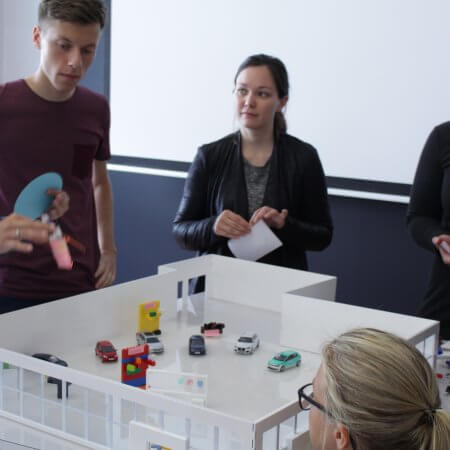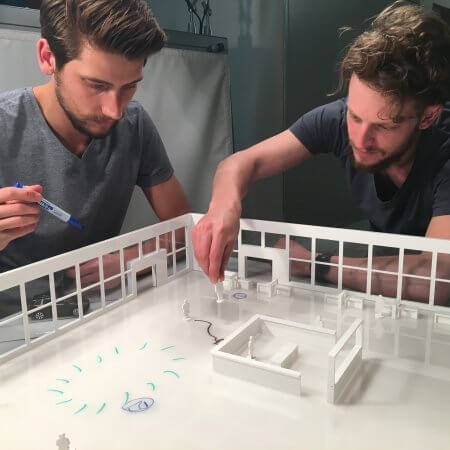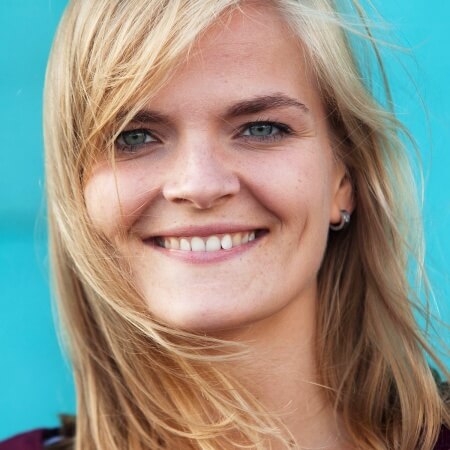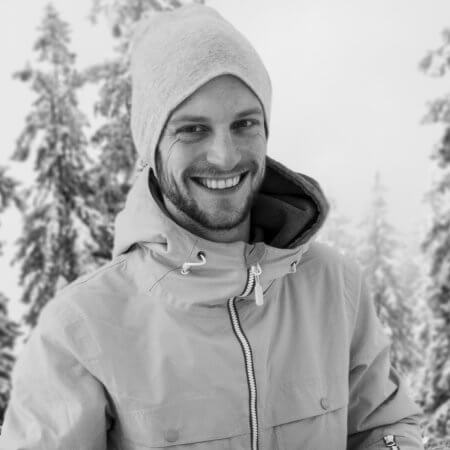People, by nature, will try to make sense of the world around them by interacting with it. This does not only hold true for users using a product, but also for design teams, when collaboratively working on projects. Design teams are often multi-disciplinary and for complex challenges, stakeholders often plentiful. Trying to get all these expertises and backgrounds to make sense of a design problem together, requires interaction from a sensorial, embodied perspective. To this end, many physical tools exist that kick-start, develop and support the process of embodied sensemaking.
Traditionally, architects and designers have used scale models to explore, communicate, and evaluate concepts and ideas in large-scale, spatial projects. These scale models offer the user a bird’s eye perspective, providing an overview of projects, and often physical ways of interacting with the model.
Research Activities
Scale Model as a 3D whiteboard. This project involves a scale model with the characteristics of a whiteboard. The scale model was constructed out of white acrylic, allowing users of the scale model to quickly sketch ideas for design ideas within the scale model. Additionally, other physical materials, such as paper, clay, and LEGO were often used when employing the scale model in creative processes. The familiar characteristics of a whiteboard (write, draw, wipe away, try again) in conjunction with commonplace physical materials provided a low-threshold tool for the design team working on the project, and stakeholders involved with the project, to quickly create and iterate on design concepts.
First-person perspective in scale models. Scale models generally offer their users only a single perspective: a top-down, bird’s eye view on the design space, rather than a first- person view on what effects creative ideas and concepts in the space may have from a realistic perspective. To counter this, we explored the first-person perspective in scale models using a 360 camera in the model streaming live footage to a head-mounted device. This perspective was explored in several creative sessions, during which users of the system quickly established a shared understanding between the wearer of the HMD and the other participants in the session.






